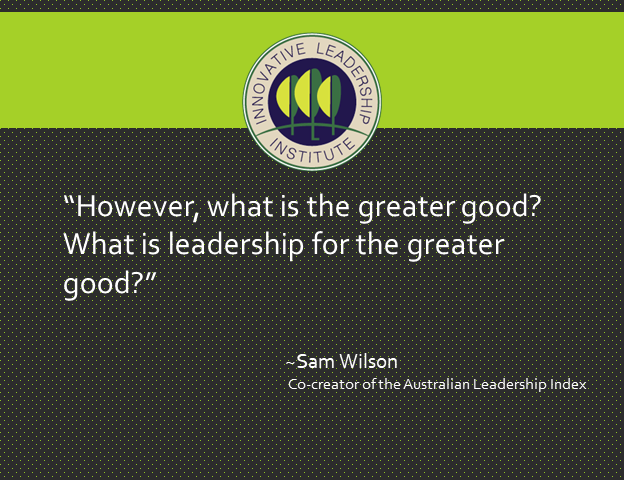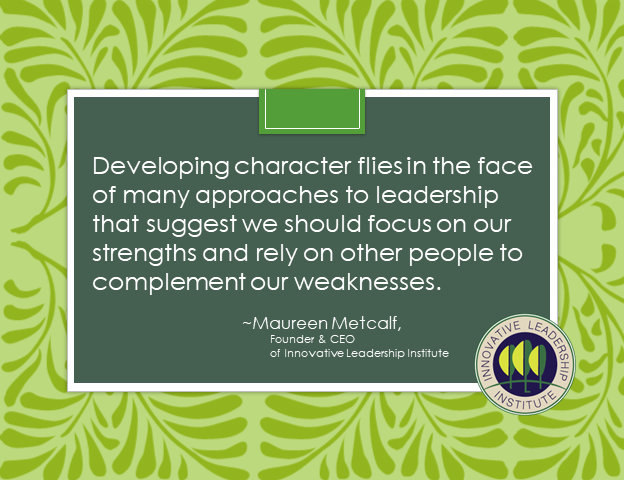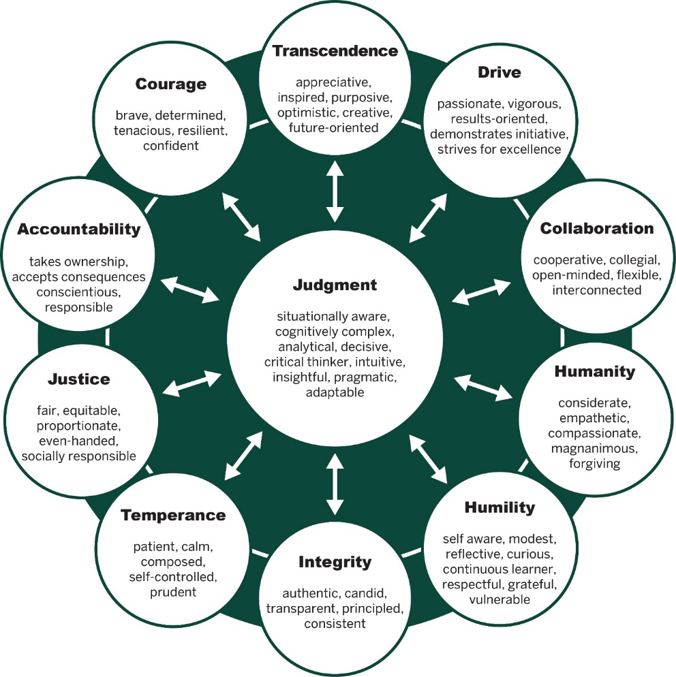Situational Mindsets Decoding Current Complexity
This blog is provided by Mary Lippitt, author of Situational Mindsets: Targeting What Matters When It Matters, as a companion to her podcast Situational Mindsets: Targeting What Matters When It Matters.
In our multifaceted and dynamic world, doing the right thing at the right time is difficult. We cannot rely on our experiences to cope with new facts, realities, and challenges. To fully understand all aspects of our situation we must practice mental agility and situational awareness.
Our extraordinary time mandates a systemic, disciplined, and rigorous analysis of current realities. What we do not know can derail us. Facts matter and point the way to successfully leverage change.
Situational Mindsets provide a foundation for wise decision making. As we expand our point of view, we discover new solutions, spot potential barriers, and earn support. Using this framework, leaders discover alternatives, weigh options, and set priorities. The six mindsets examine all organizational drivers and prevent us from recklessly rushing into action in the name of being decisive.
As Obi-Wan Kenobi told us in Return of the Jedi, “You’re going to find that many of the truths we cling to depend greatly on our own point of view.” Grappling with every aspect, prevents us from capitulating to superficial analysis and out dated assumptions. Employing Mindsets yield creative and strategic insights essential to cope with precedent setting threats. Each Mindset explores a key organizational aspect, including:
- The Inventing Mindset examines opportunities for new products/services, creative designs, and new synergies.
- The Catalyzing Mindset targets the customer, customer base, and building the organization’s brand.
- The Developing Mindset supports seamless infrastructure, integrated systems, and effective policies.
- The Performing Mindset improves processes, quality, workflow efficiencies, and profitability.
- The Protecting Mindset develops talent, collaboration, agility, trust, and bench strength.
- The Challenging Mindset evaluates challenges, trends, risks, and opportunities for sustained success.
Examining these mindsets counter our natural tendency to rely on past practice, register only confirming information, and accept limited alternatives. While “keeping things simple” is tempting, easy answers spawn problems. Addressing complex, interdependencies, and systemic challenges does not require an advanced degree, membership in Mensa, or a C suite title. It merely entails adopting a proactive disciplined practice of inquiry to reveal solutions and potentially unpleasant surprises. Consider our missteps with COVID.
The pandemic requires granular and long term analysis. Consider the unintended consequence of the $600 federal unemployment benefit. The need was clear, but the problem of re-hiring furloughed lower wage workers who earned more on unemployment was unnoticed. Overlooking a mindset invites dangerous blind spots.
A Mindset approach to COVID would address:
- Developing new treatments, medications, and vaccines. This Inventing Mindset offers innovation synergies to leverage existing resources and practices.
- Targeting the needs of first responders and essential workers and rapidly responding to hot spots. This Catalyzing Mindset also focuses on enlisting resources, including volunteers and organizational support.
- Improving hospital capacity, distributing PPE, preparing guidelines for government, and the public, sharing information, and setting goals. The Developing Mindset also clarifies goals, roles, and responsibilities.
- Evaluating patient data, conducting testing, and measuring treatment effectiveness, and reallocating resources to address gaps. The Performing Mindset also examines impact, fine tunes staffing, budgetary impact, and quality.
- Educating the public on compliance, providing for basic needs created by the virus, training contact tracers, and recognizing our essential workers. The Protecting Mindset also fosters trust, confidence, and community support.
- Identifying emerging trends, testing assumptions, re-evaluating off-shoring of our medical equipment, and forecasting future episodes. The Challenging Mindset also examines the impact of demographic, economic, regulatory, and security challenges.
What we see on the surface is not all that counts. We must go beyond our initial response to study complex realities, surface diverse viewpoints, and define implementable solutions. Effective leaders have shifted from thinking they have all the right answers to knowing that their role is to ask all the right questions. Inquiry increases engagement and improves bottom-line results.
The founder of IBM, Thomas Watson, kept a sign on his desk that said: “Think.” He felt that analysis was crucial to the firm’s success and actually trademarked the word “THINK.” The connection between thinking and success continues. However, our approach to thinking must expand with a new emphasis on critical, creative, and strategic thinking.
Success is never final. We must continually adjust to new realities. Situational Mindsets clears the fog produced by complexity. Mindsets reveal what has happened, what is happening, and what should happen. It enables us to leverage unprecedented change effectively.
About the Author
Dr. Mary Lippitt founded Enterprise Management Ltd. thirty years ago to help leaders navigate today’s challenges, increase collaboration, and boost critical thinking. Her new book is Situational Mindsets: Targeting What Matters When It Matters. You can contact her at mlippitt@enterprisemgt.com.




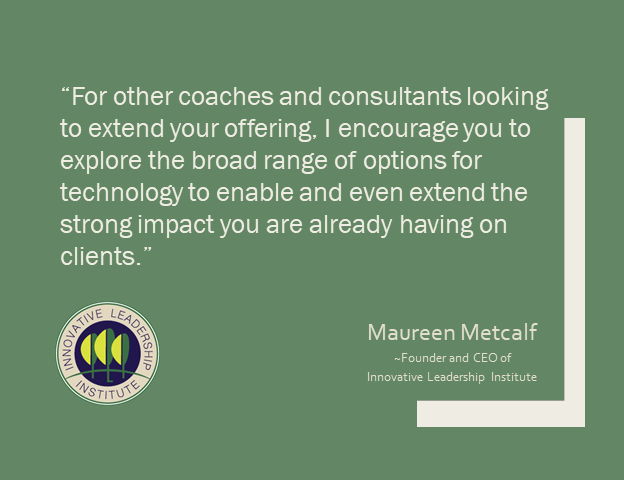
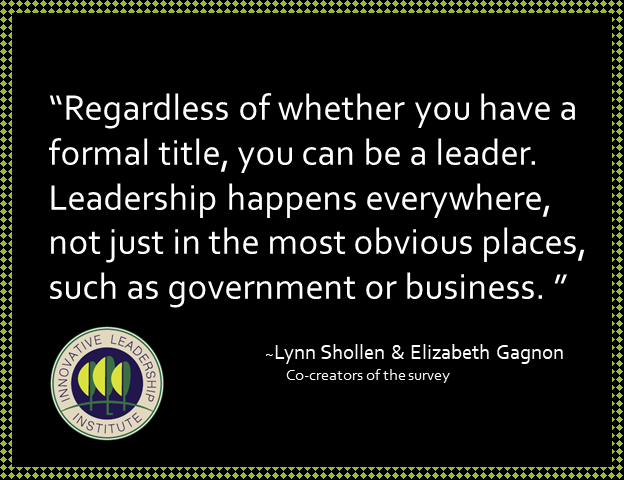 This blog is provided by Lynn Shollen and Elizabeth Gagnon of Christopher Newport University in Newport News, Virginia. It is a description of the top-line findings of a survey about leadership that they conducted last year. You can read much more about the project
This blog is provided by Lynn Shollen and Elizabeth Gagnon of Christopher Newport University in Newport News, Virginia. It is a description of the top-line findings of a survey about leadership that they conducted last year. You can read much more about the project 